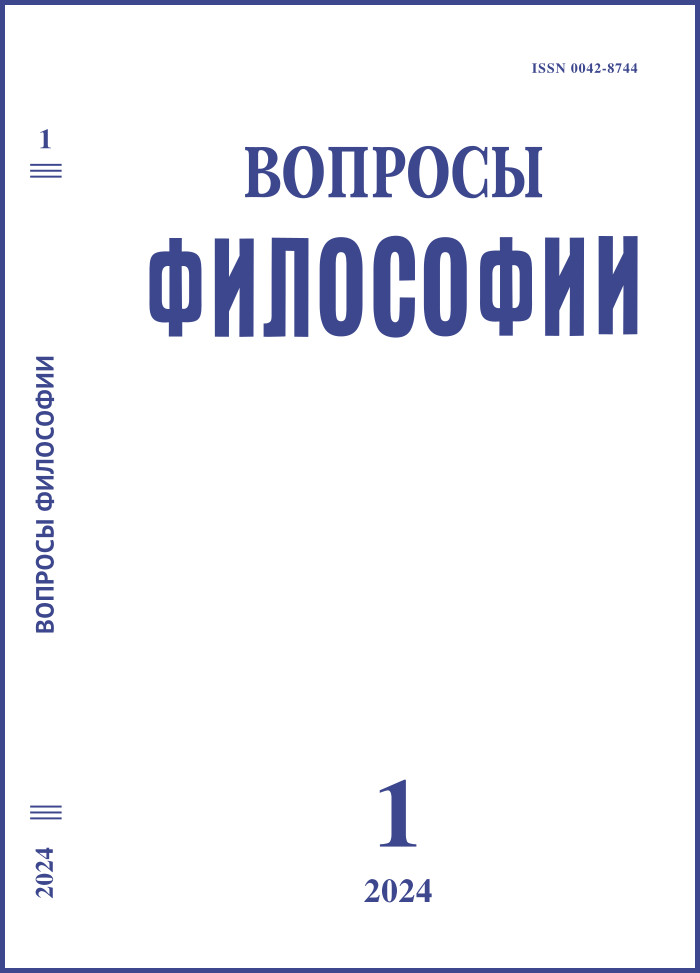The Observation Event and the Observed Event in M. Halbwachs’ “Legendary Topography”
DOI:
https://doi.org/10.21146/0042-8744-2024-1-171-181Keywords:
event theory, event, observation event, observer, collective memory, Halbwachs, social space, topography, event construction, space construction.Abstract
The author, with the support of Maurice Halbwachs’ work “Legendary Topography of the Gospels in the Holy Land” considers problems of correlation of the observational event and the observed event, and also clarifies the spatial aspect in «social events theory». The article uses the definition of event as a semantic complex denoting a correlative unity of the act of observation, connected with the occurrence in space and time (A.F. Filippov); this interpretation allows the author to use Halbwachs’ work as a resource to resolve some contradictions of the theory of events. Further, the author, concerning the origin of the theory of events and the place of observer and space in the ideas of its representatives, draws attention to some difficulties. First, according to the author, the verification of observations, the observer figure and the relationship of description and event need to be further developed; second, despite the importance of the spatial aspect, which occupies a key role in the definition of event, the researchers describe the location of the observer, not the occurrence of event; the situation becomes even more confusing when it comes to large-scale events. Using the findings of Halbwachs, who, in “Legendary Topography”, illustrates the points made earlier in “The Social Frame of Memory”, the author insists that the group is the determining actor of collective memory; possessing a common system of distinction, the group constitutes the conventional image of the event. Regardless of what happened, the group deals with the observation of traces, in the absence of direct contact, observers constituting the event, including reconstructing the space in which the event might have occurred, that is, the place is a consequence of the events of observation that followed.

